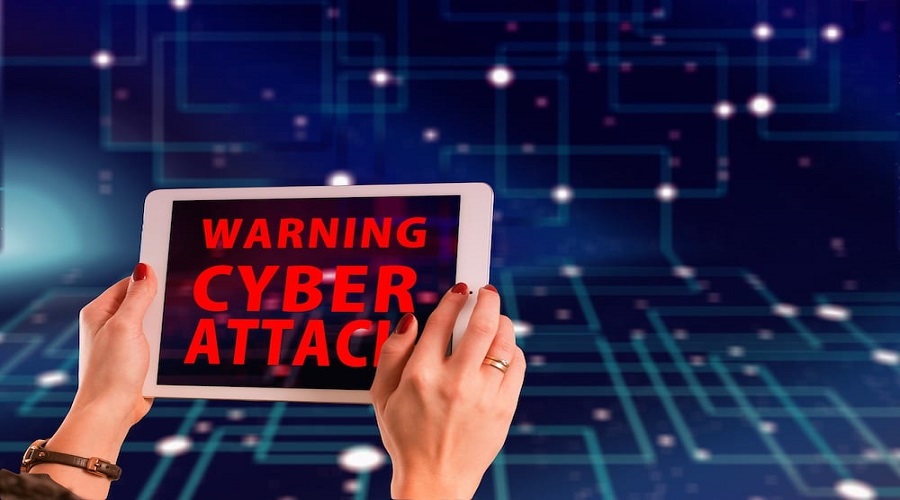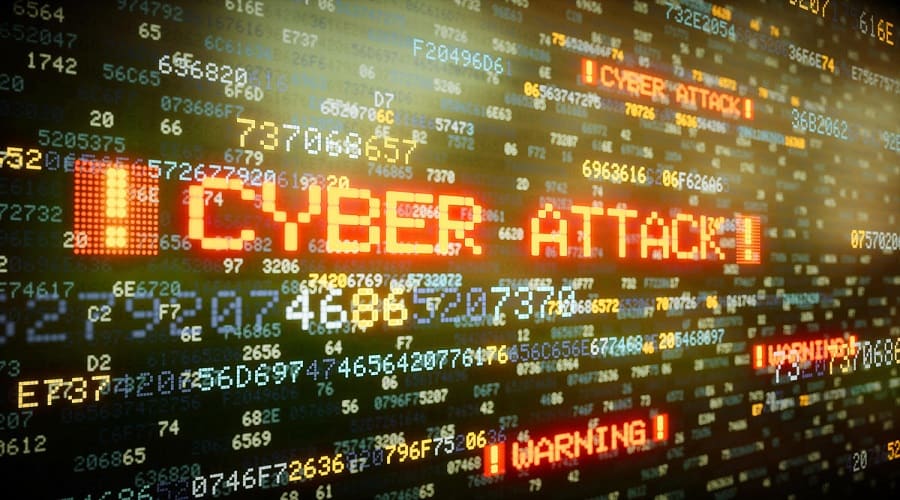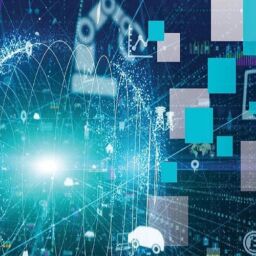
Cybercrime is on the rise, and the nature and complexity of attacks are constantly evolving, with criminals relying upon newly sophisticated means of attack to go under the radar and compromise the networks of unsuspecting users. However, another shifting element of cyber-attacks is the actual victims under threat, whether political institutions, major companies or a certain demographic of individuals.
While it’s sensible that all enterprises and users remain on the cyber offensive and continually adopt a ‘no trust’ approach, particular groups and industries face a heightened risk of being targeted this year. In these targeted attacks, victims may be chosen because of their especially vulnerable and easily penetrable situation, the shifting objectives of cyber-criminals or the increasing value of a victim’s information.
Here is the top five trends on who should be on the highest alert in the coming months…
1) Energy Suppliers
Energy suppliers have been especially preoccupied as of late, with the ongoing global energy crisis and the subsequent rising in fuel bills threatening the financial viability of providers and prompting widespread concern amongst consumers. Yet, as we all know, hackers pounce in turbulent periods when people are distracted. As a result, breach attempts on energy providers are not an ‘if’ but a ‘when.’ The UK energy sector is currently a top target for cyber-attacks, and 2022 may likely see a major energy supplier completely taken offline by a ransomware attack.
With our critical national infrastructure increasingly connected, 2022 will see threat actors weaponize operational technology environments more successfully than ever before. Targeting systems that, once offline, will have a significant impact on our day-to-day lives.
2) CEOs of Global Enterprises
Deepfake technology is now so sophisticated that we are starting to see cyber-criminals move away from tried and tested methods like phishing to carry out far more advanced attacks on enterprises. Such attacks have already started to gain in popularity, with threat actors using AI to clone business leaders’ voices to steal huge amounts of money.
In 2022, we will likely see deepfake AI become more widespread, with hackers employing it to impersonate CEOs of global enterprises. By exploiting the attributes and authority of such high-profile individuals, CEOs will therefore be the gateway to infiltrate larger organizations this year.

3) Mid-Size Companies
Cyber-criminals with financial incentives are keen to stay under the watchful radar of the media and government while finding the easiest way to make money. Therefore, they are less likely to attack major organizations that would make national headlines; instead, we can expect to see lower profile, mid-size companies in a variety of industries becoming a viable, more realistic target for ransomware attacks.
This is in line with the CISA’s definition of the critical infrastructures that are the most vulnerable to attack, from which we know that traditional white-collar industries are no longer the primary targets. Instead, front-line industries such as the manufacturing and agriculture sectors are most likely to be at risk, particularly given that those industries have traditionally not kept up with security compliance.
4) New or Disgruntled Employees
It will be a double whammy for companies that lost valued staff members in 2021 amidst the great resignation, as we predict a direct correlation between staff turnover and cyber incidents. This is not only because newer staff members are less familiar with security protocols, but there is also the issue of fatigued or disgruntled workers. Even if they are not malicious, they may be increasingly lax in following employee guidelines, unintentionally exposing the company to bad actors if they take their eye off the ball.
In 2022, the cost of replacing an employee needs to go beyond recruitment and training costs; it must consider the potential cost to the business in resultant cyber incidents. With most employees at least partially working from home, the boundaries of the enterprise have shifted, and organizations will need to double down on cyber training and onboarding for all new recruits and existing employees.
5) The Medical Industry
Cyber-criminals are always eager to take advantage of emergencies to further their interests and capitalize on valuable new data, whether nation-state attacks, natural disasters, the changing world situation or pandemics. This has already proved to be the case with COVID-19. Besides dealing with the public health pandemic, healthcare providers have to deal with another pandemic: cyber-attacks.
Attempts to steal COVID-19 vaccine technology, clinical trials data sets and individual vaccination records, as well as the disruption of vaccine-distribution supply chains, have already rattled the industry and national governments. As the pandemic prevails, this expanding source of medical data will continue to be a desirable source to exploit, with potentially disastrous consequences.
Source: www.infosecurity-magazine.com











